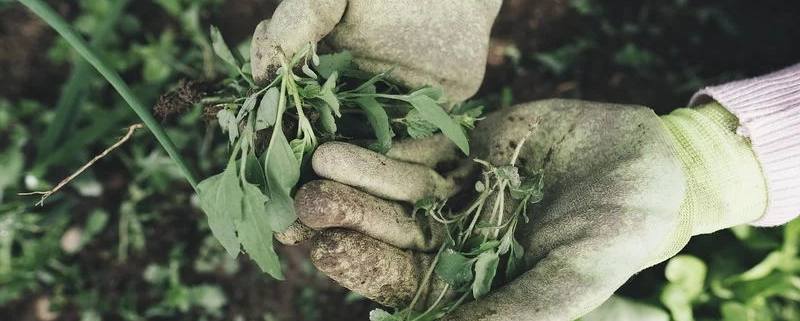Garden Maintenance
Setting up your urban garden or farm is one thing, but in order to succeed, your thottam will need regular love and care. Build tending your garden into your schedule daily. It will just take a few minutes every day to make sure that your plants are well and happy. Larger thottams will require more time, so if you are new to gardening, start small. Once you see how rewarding it is, you can always scale up.
Here are some things you need to consider with regard to general garden maintenance:
Water Conservation and Regularity
While different crops require differing amounts of water, the general rule of thumb is that the soil should not be dry and parched. Without adequate and regular water, vegetables will not fill out, and leafy greens will be quick to wilt. Certain high water-content vegetables like tomatoes can even crack open if suddenly plumped with water after struggling without any for sometime.
On the other hand, over watering is not only bad for most crops, it is wasteful, as the majority of the water can be lost to evaporation or drain away. You don’t need to live in a water scarce location to be mindful about conserving water while also growing a healthy garden. Learn about water conservation techniques like rain water harvesting, and consider using systems like drip irrigation and pot irrigation to not only reduce water wastage, but improve the efficiency of water delivery to your plants, and save you time!
Read more about Watering & Irrigation Systems.
Tools and equipment
Buy necessary gardening tools such as sprayers, shovels, composters, plant pruners, gloves, etc. or even a kitchen garden kit, taking into consideration the amount of space available for gardening, the time you can spend and your budget.
Refer ‘Garden Setup 101’ for more details.
Trimming, Pruning, and Supports
Regular trimming and pruning of plants is needed to keep plants healthy and growing well. This starts from the beginning — for direct sown plants, thinning of excess seedlings is necessary so that remaining plants are able to grow uncrowded within their spacing requirement. As plants grow, depending on what part you plan to harvest (foliage or fruits), timely pruning can help maximize your yields by minimizing how much energy plants will put into developing parts you don’t plan to utilize. However, be sure not to over-prune! Check the note on Pruning for more information, and be sure to learn about the needs of specific crops.
Another task to perform early on is staking plants. Tall and climbing vegetables require some sort of staking or trellising and these supports should ideally be installed at planting time, as waiting till the plant has grown before staking can cause injury to plant roots.
Weeding and Pest control
Weeds compete with your plants for water and nutrients so removing them as soon as you see them helps keep them under control. Techniques like mulching for larger / ground level gardens where weeds may pose more of an issue can be explored.
Keep in mind that it is important to regularly clean your garden and keep it clutter and garbage free to keep away rodents and other pests. Regularly look out for pests and diseases by examining your plants and attend to these problems as soon as they arise. An ounce of prevention is worth a pound of cure, so learn about disease and pest prevention methods like the use of neem oil to help deter a variety of diseases and pests.
Refer to the section on Pest and Disease Control for more information.
Soil Enrichment
Vegetables are known as ‘heavy feeders’, meaning they require a lot of nutrients to grow well, so good soil is key to any soil based gardening. It is good practice to work organic matter (like compost) into your soil each year before planting, and sprinkle more organic matter around plants once or twice during the growing season. Different plants have different needs, so be sure to learn about the specific crops you are growing and take note of any fertilizing instructions that come with your seedlings / seed packets.
Read the notes on Soil Condition as well as Nutrients & Fertilizers for more information.

